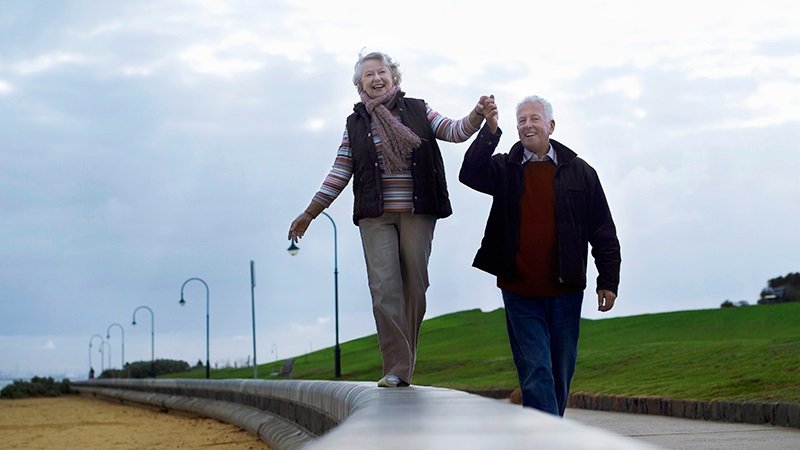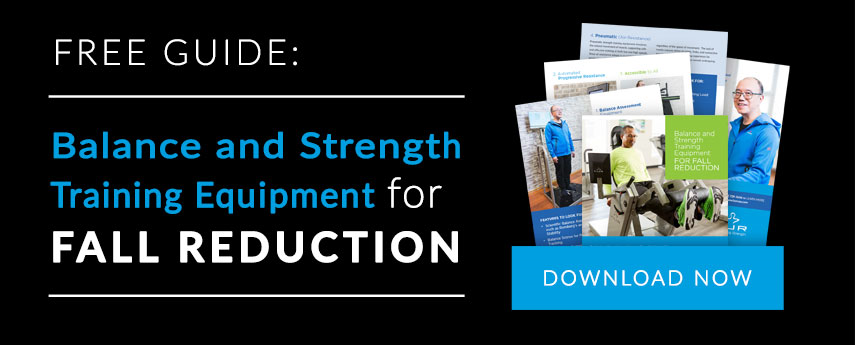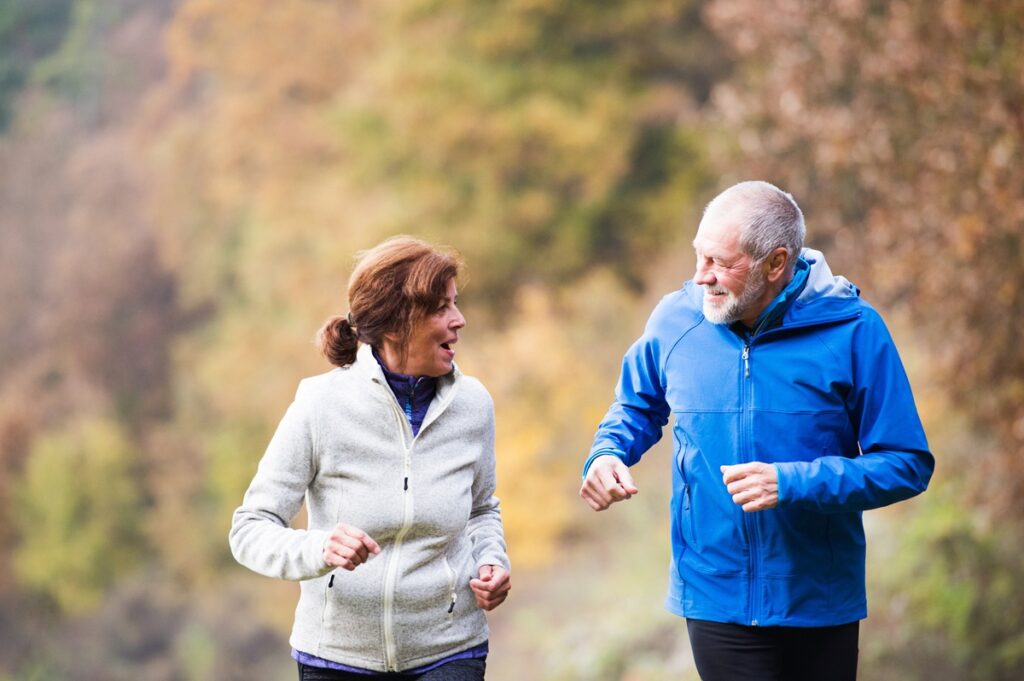Assessment is key to participation in fall prevention programs
If you are a professional working with seniors, preventing falls is likely at the top of your agenda, and for good reason. Falls are the leading cause of fatal and non-fatal injuries for older Americans, threatening the health and independence of seniors, and generating enormous widespread economic and personal costs.
“We have a long history of providing progressive fall prevention efforts. Our residents value their health and independence. Falls have a negative impact on both. We don’t want to see them get hurt, and we certainly don’t want to see them in the hospital or skilled care facility.” (Janet Olson, manager of the fitness and living well programs at Paradise Valley Estates)
As Janet points out, many seniors understand that if they expect to enjoy their golden years and remain active, they need to do all they can to never ever fall.
The challenge is that many seniors are at a high risk of falling and don’t know it.
Even more challenging, many seniors believe that a more concerted effort on just being careful is enough to mitigate their risk of falling, even though there is no evidence that being more careful alone prevents falls.
This presents a problem for many senior living and rehabilitation centers face: How can you identify which members of your community carry a high risk of falling before they fall?
And even more pressing: How can you increase participation in your fall prevention program across the entire community, and especially amongst those with the highest risk of falling?
A big part of the answer to both questions is Accurate Personal Assessment of Fall Risk.
Accurate fall risk assessment includes a thorough evaluation of both internal and external risk factors. In other words, what are the internal biological and psychological factors that exist within the seniors in our communities and how do they interact with the external environment to raise or lower their risk of falling?
Internal risk factors include:
- Decreased cognitive functioning
- Diminished strength and flexibility
- Reduced sensory functioning
- Chronic pain
- Illness
- Behavioral tendencies and personal choices
External risk factors include:
- Medications
- The type of footwear
- Substances such as alcohol or drugs
- How much support is in the individual’s immediate vicinity
- Whether the individual lives alone
- If their living space is equipped with assistive devices
Of course, the more risk factors there are at play, the higher the risk of a fall. For most seniors, there is a natural tendency to overestimate the importance of external factors while minimizing internal issues. This is why individual assessment of personal fall risk is so important.
When seniors are faced with an accurate assessment of their risk of falling based mainly on internal factors, it can boost motivation to commit to their community’s fall prevention program.
At a minimum, accurate, effective Balance Risk Assessment should include:
- Standard strength assessments, vision exams, and a medication review
- A Romberg test – or something similar that measures neurological function for balance
- A clear understanding of the person’s Limits of Stability
- Normative data for comparison testing
- Easy-to-read, graphic reporting that can be presented to seniors so that they understand the reality of their own risk of falling
#5 is possibly the most important part of risk assessment in terms of increasing participation in fall prevention programs. It’s vital that professionals have concrete data to present to the seniors in their community. For many seniors, bouts of dizziness, muscle weakness, falls, and near falls can be explained away as circumstantial. Concrete facts presented as numbers and graphs are harder to ignore.
Assessment is Power
Many seniors feel that falling is an inevitable part of aging. They don’t want to fall. But, in the back of their minds, they think it’s inevitable. And feeling that a fall is inevitable actually increases the risk of falling. Regular assessment can turn that way of thinking around.
Seniors who commit to a fall prevention program as a result of an accurate assessment of risk are more likely to feel empowered if they can see their progress. In fact, regular assessment can not only provide the motivation to continue showing up for classes and training sessions - it can help them see that falls don’t have to be an inevitable part of aging.
 Evidence-based fall prevention programs that rely on a regular accurate assessment of risk are one of the greatest opportunities for next-generation senior living and rehabilitation providers to make a positive impact on the seniors in their community.
Evidence-based fall prevention programs that rely on a regular accurate assessment of risk are one of the greatest opportunities for next-generation senior living and rehabilitation providers to make a positive impact on the seniors in their community.
“Accessing data through the HUR equipment is another key factor in increasing participation. Every 6 weeks we do a full data audit and look for members who've stopped coming to the gym or who have dramatically changed their routine. These are opportunities for us to follow up with members and inquire about the cause behind the change in behavior.”
- Carmine Arpaia, Fitness Manager at Peconic Landing
If you are interested in finding out more about how HUR can enhance your fall prevention program with revolutionary assessment and prevention technology and equipment, give us a call. Together we can create a new age of balance for the seniors in our communities.






